A great device with decent specs if you are currently stretched for a budget. This ZTE Blade 11 Prime review reveals more details about what buyers can get.
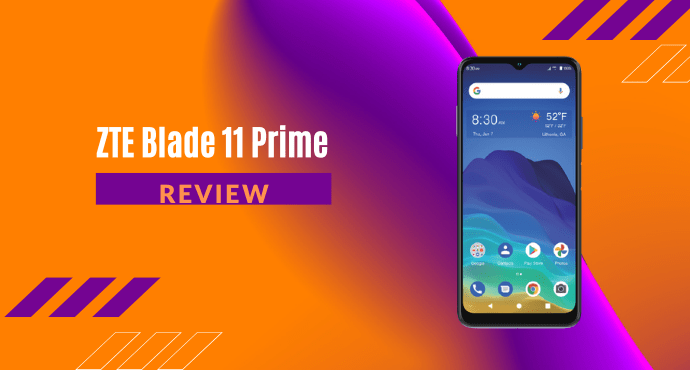
The ZTE Blade 11 Prime smartphone was released in April 2021. Budget phones are hard to come by in the market. While we want something that’s cost-friendly, the phone also has to be reliable.
That is a challenge for developers, but the ZTE Blade 11 Prime smartphone is up for the task. With its 4,000mAh battery, triple rear cameras, and 4GB RAM, it’s an impressive device.
But just how well does the device perform? Considering its entry-level processor and 64GB internal storage, we’ll need to dive deeper into this smartphone.
Have some questions about the smartphone? Be sure to read this resourceful ZTE Blade 11 Prime review for all the latest insights as you make a well-informed smartphone purchase.
Page Contents:
Key Specs
ZTE Blade 11 Prime specifications:
| Weight | 190g |
| Dimensions | 166 x 76 x 8.7mm |
| OS | Android 11 |
| Screen size | 6.52-inch |
| Resolution | 1600 x 720 |
| CPU | 2GHz Octa-core, Mediatek Helio P22 |
| RAM | 4GB |
| Storage | 64GB |
| Battery | 4,000 mAh, Non-removable |
| Rear camera | 16MP + 8MP + 2MP |
| Front camera | 8MP |
Design
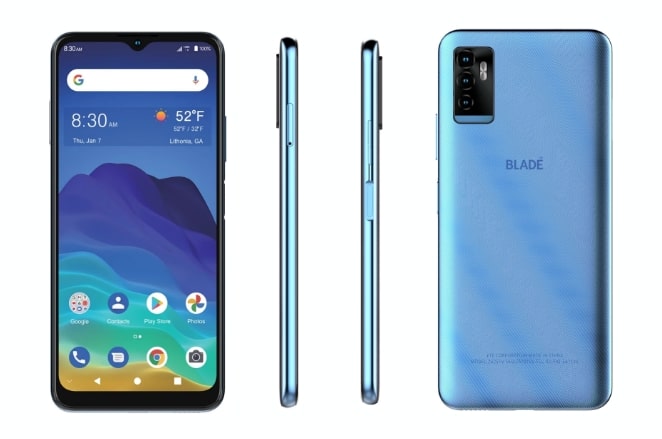
The ZTE Blade 11 Prime smartphone is slightly on the larger side. Weighing only 190g, it’s a lightweight phone that contrasts with its size. Despite the size, the phone isn’t too wide. When holding the device, it fits well in our palm. But when putting it in our pockets, the phone does stick out a bit because of its height.
The glass front side features the phone’s LCD screen surrounded by slim bezels. The lower bezel is slightly thicker but doesn’t take much space compared to other phones. The phone’s main buttons are placed right on the screen. Right on top is the front-facing camera, placed in a tear-drop design bezel.
Switching to the back, the back cover is made out of plastic qualities. The triple rear cameras are placed on the top left in a simple rectangular layout. Color-wise, the phone is only available in a sky blue hue. If anyone’s not a fan of bright colors, try replacing it with a case.
Moving onto the sides, the phone features several buttons that perform basic functions. These include the power button and volume controls. There’s also a side-mounted button that serves as a fingerprint scanner. Additionally, there’s a USB-C port, loudspeaker, and 3.5mm jack.
Read also: ZTE Blade 11 Prime User Manual
Display
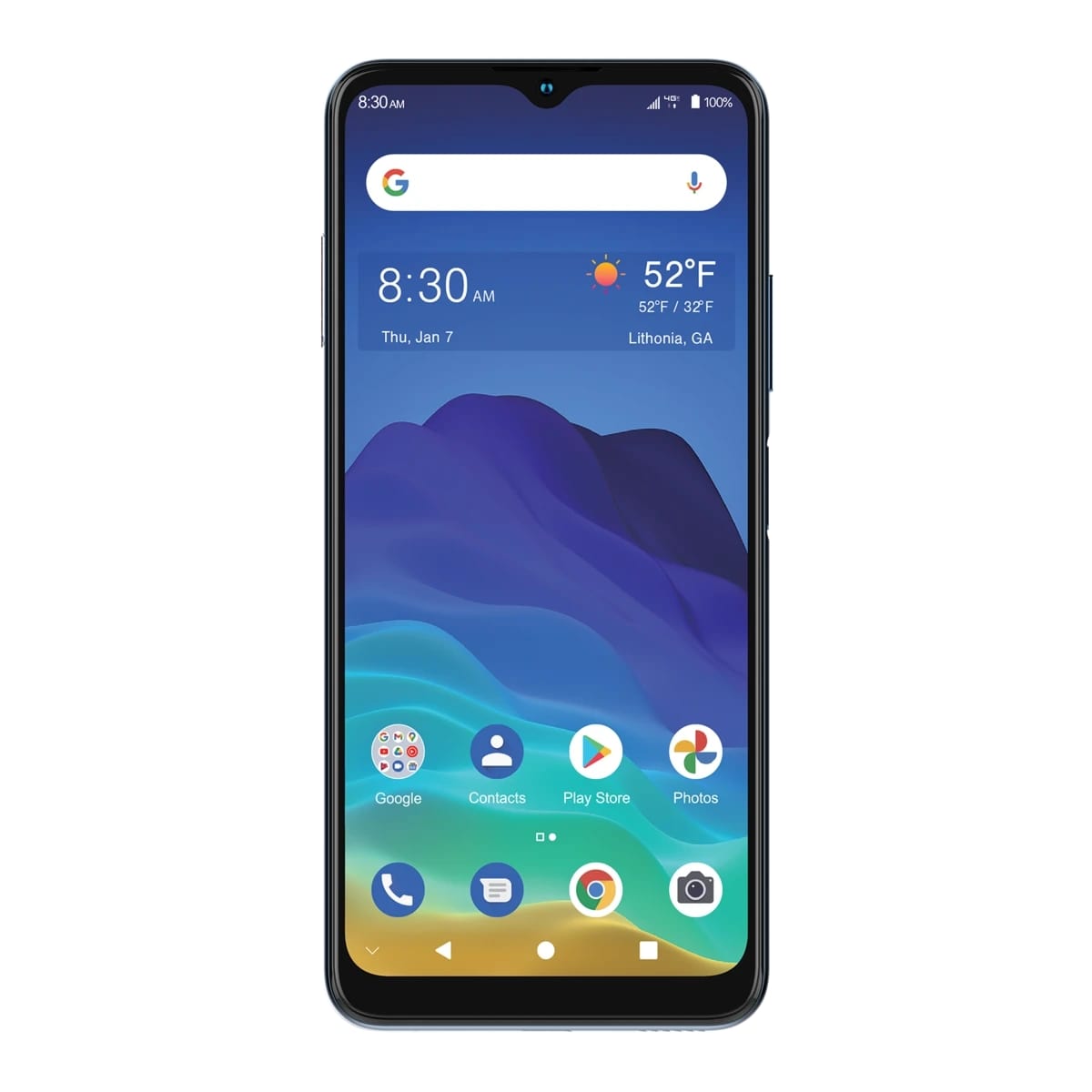
The ZTE Blade 11 Prime features a 6.52-inch display that stretches across the front screen. This display size makes it a great choice for us. Navigating through the device becomes easier because of the larger size. We don’t have to squint our eyes due to the smaller text size, and there’s more space to move our fingers around.
Complementing the phone’s large display size is its 1600 x 720 resolution. The resolution supports the display screen by ensuring that the on-screen content doesn’t get pixelated. This means we get to see things up to 1080p quality without the risk of images or videos being stretched.
To top it all off, the 20:9 ratio aspect ensures that we get to zoom in on any on-screen content. This allows us to keep enjoying clear visuals with fluidity. Other than that, there’s not much to be said about the phone’s display. As for simplicity goes, this one is a basic yet well-performing display screen for a comfortable viewing experience.
We recommend that users put on an extra layer of protection on the display screen. A part of phone maintenance is to ensure that the phone doesn’t have cracks or scratches. It’s best to add protection like tempered glass to ensure a better phone lifespan.
Camera
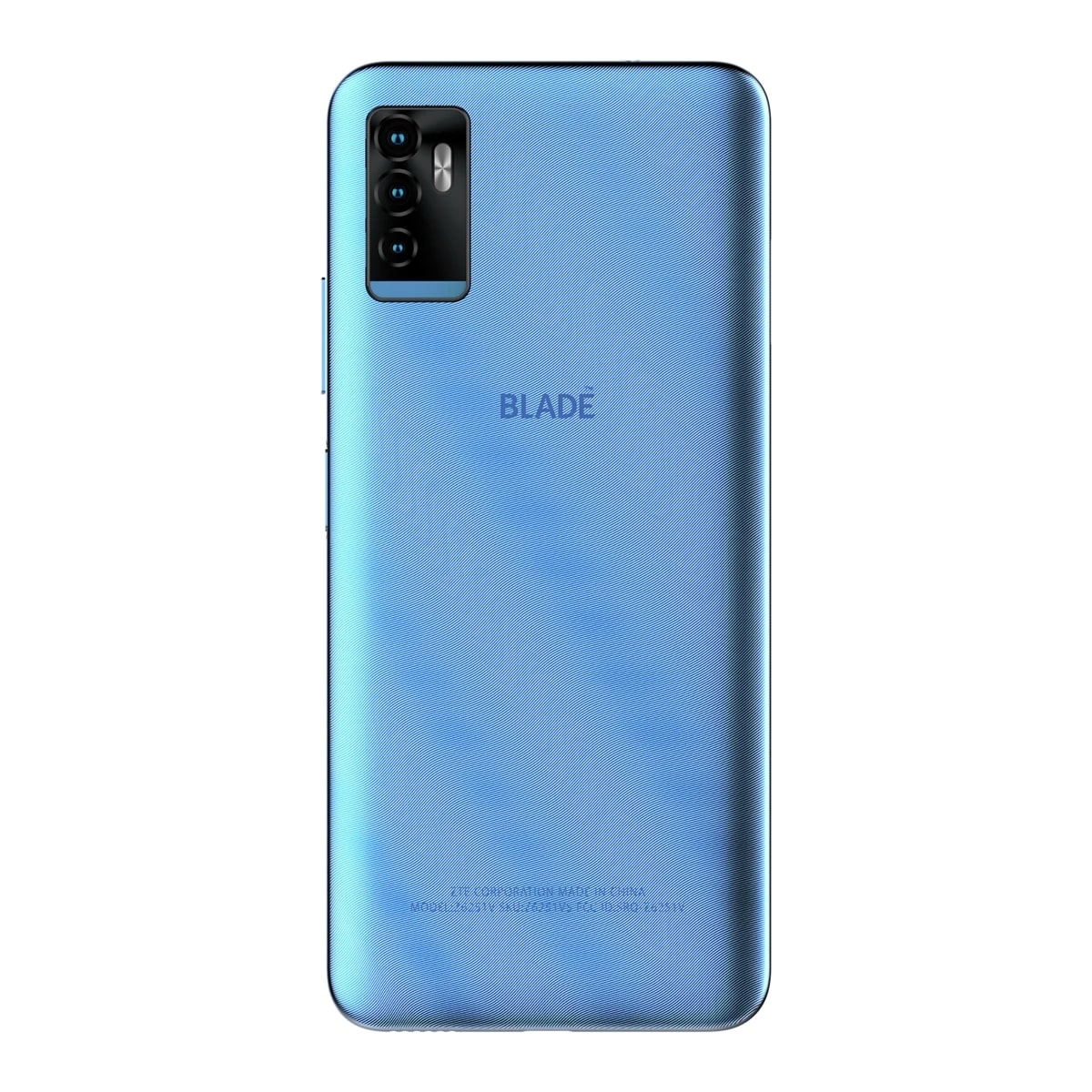
The ZTE Blade 11 Prime comes with a triple rear camera set. The first rear camera is its 16MP main camera. This main camera also doubles as a standard wide camera to get those panoramic shots. Just from the megapixels alone, we wished it could be a bit higher. There are other phones in this price range with megapixels higher than that.
However, we do appreciate that the phone has an assortment of rear cameras. We have the 8MP ultrawide camera with a 120˚ camera angle and 16mm lens. We also have the 2MP depth camera for close-ups. The variety of cameras makes up for the low megapixels in the main rear camera.
Moving to the front is the 8MP selfie camera. Typically, phones at this cost range have at least 8MP at a minimum. The front-facing performs quite well. It may not produce the most jaw-dropping selfies, but we managed to get a couple of clear portraits.
Besides photo-taking, the ZTE Blade 11 Prime’s cameras can be used to record videos up to 1080p quality. There’s also a bunch of features to elevate our picture-taking experiences, such as LED flash, HDR, and panorama. Overall, they’re pretty basic cameras, but at the same time, reliable.
Read also: Orbic Myra 5G UW Review: Large Display, Great Camera
Storage
The ZTE Blade 11 Prime has an internal storage space of 64GB. Considering how huge apps are these days, 64GB isn’t enough for the phone to fully function. Let’s not forget the fact that the phone comes with preloaded apps, which may have already taken some of the 64GB storage.
Luckily, the smartphone allows us to expand the memory up to 2TB. To do this, we simply need to insert a MicroSD card into the device. Unfortunately, the memory card is sold separately. But with 2TB of external storage, we get to store a bunch of files and documents in the device.
Performance
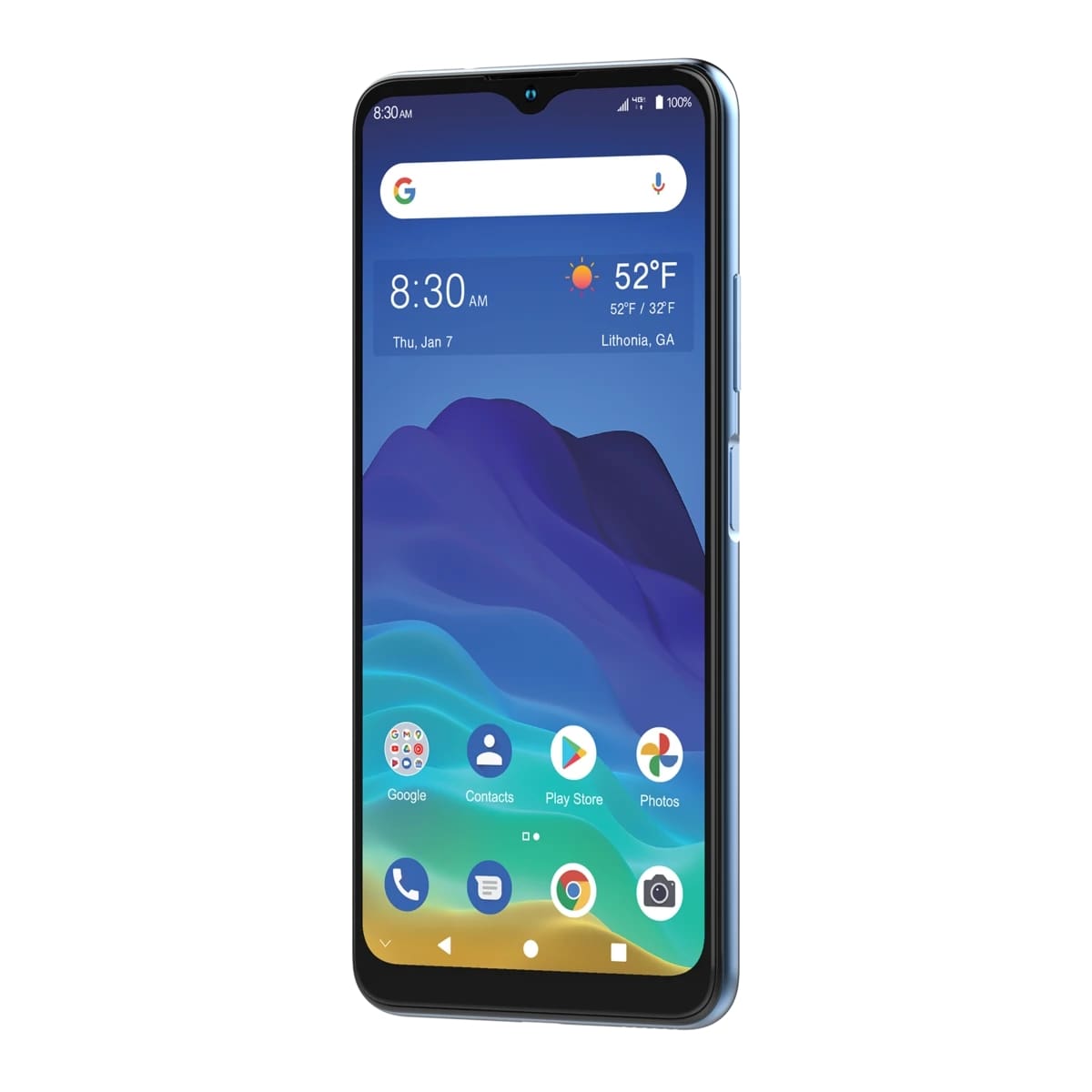
The ZTE Blade 11 Prime smartphone’s performance is powered by the comprehensive Mediatek Helio P22 processor. The processor is designed for phones that prioritize sharpness in their display while maintaining power efficiency. Considered a cost-friendly option in the market, this processor ensures the phone stays intact without breaking the bank.
The Octa-core chipset runs at a processing speed of 2GHz. With these features, the processor can deliver the right amount of tasks in the phone at the right frequency. To simply put, the procedure makes sure that the phone doesn’t overload itself. While it might not have the most prominent features, like ultra-fast speeds or 5G capability, it helps keep the phone’s reliability.
The ZTE Blade 11 Prime has a RAM size of 4GB to store all the temporary memory that goes back and forth. Having solid RAM is crucial for the phone to run several apps without lagging or crashing. While having a bigger RAM size like 6GB could mean a good thing, we believe 4GB RAM is just the right size for a phone of this caliber.
4GB is just enough RAM to make sure the phone performs smoothly. With RAM this size, we get to use multiple apps at the same time without worrying they might lag. Plus, it makes multitasking on the device easier for us.
One of the things we’d like to highlight in our ZTE Blade 11 Prime review is the Android 11 Operating System (OS). Android 11 is known for its device controls, giving us better ways to manage and organize the phone’s activities. From handling conversation notifications to altering privacy settings, Android 11 gave us the freedom to fine-tune these items to suit our preferences.
With phone security issues on the rise, Android 11 allows us to decide what apps we provide our permission to. From one-time permission to permissions auto-reset the OS guarantees a more secure device. Plus, entertainment becomes seamless with the OS’ various media controls for an immersive media experience.
The ZTE Blade 11 Prime comes with several sensors. We have the accelerometer, which works together with the gyroscope. These two sensors go hand-in-hand to detect the phone’s orientation. Meanwhile, the gyroscope detects any rotations or twists experienced by the device. There’s also the proximity sensor to avoid unwanted touches to the display screen.
As mentioned earlier, there’s a side-mounted fingerprint sensor to help us access the phone easier. This sensor increases the level of security of the device with its biometric feature. While it takes some time for the fingerprint sensor to fully function, it’s a useful function if we’d like to have some added protection.
Connectivity
The ZTE Blade 11 Prime accommodates GSM / HSPA / LTE networks. To activate the phone’s connectivity, we need to insert a Nano-SIM card. Speaking of SIM, the smartphone supports Dual SIM, meaning we can install two cards into the phone at the same time and activate both networks.
Alternatively, there are Wi-Fi features to stay connected without having to sacrifice data connections. Besides Wi-Fi, there are a couple of features such as Bluetooth, which accommodates wireless transfers and wireless external devices. However, the phone has a USB-C port as well for wire transfers. There’s also GPS installed, so we don’t have to worry about getting lost.
Battery
The ZTE Blade 11 Prime runs on a 4,000mAh battery. We’re pleased with the phone’s battery capacity. With 4,000mAh, the phone can last up to hours of non-stop call time. Plus, we don’t have to worry about the battery getting damaged. Since it’s non-removable, it eliminates the risk of external factors breaking the battery.
The phone uses the USB-C port wire for regular charging. However, the phone accommodates wireless charging as well. That way, we don’t have to bring any unnecessary cables everywhere. Additionally, the phone has a reverse charging feature, meaning we can charge other devices using our smartphone by using the provided USB cable.
Is the ZTE Blade 11 Prime a good phone?
To conclude our ZTE Blade 11 Prime review, this phone makes a good option for people who have a tight budget. With an impressive battery life span, followed by its triple rear cameras, the smartphone has its perks. However, it could do some work with the internal storage, and display screen.
At a retail price of $142, the ZTE Blade 11 Prime is suitable for those looking for a budget yet reliable phone. It’s difficult to find a device that doesn’t burn a hole in our pockets. While this phone may not have the most memorable specifications, at least it helps get us through our day-to-day activities.
Pros
- Lightweight build
- Triple rear cameras
- Large battery capacity
Cons
- Low internal storage
